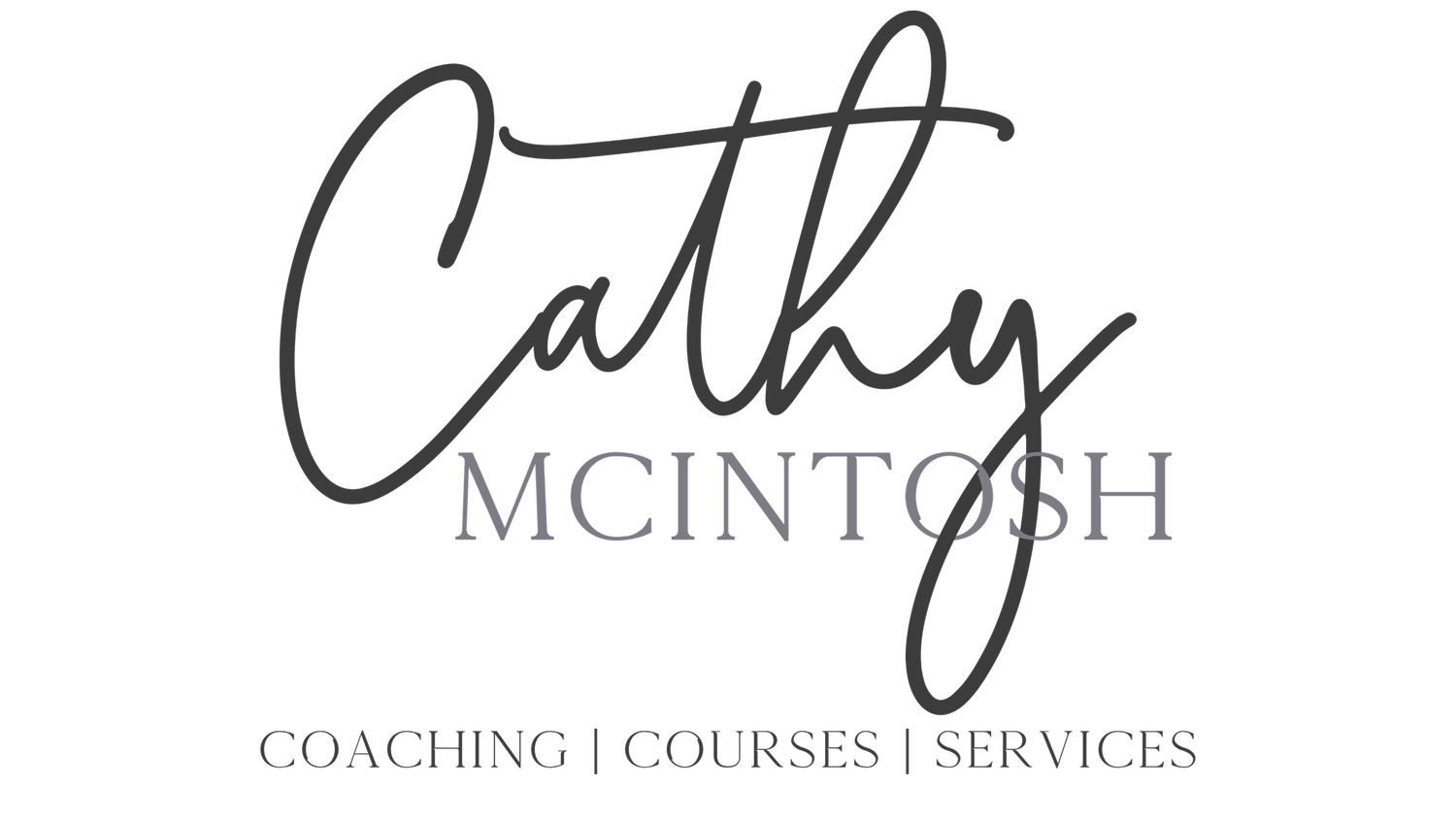How Story-Driven Marketing Can Help Unveil Your Book to the World
Have you ever felt like your book is the best-kept secret in the literary world? You've poured your heart and soul into its pages, wondering if anyone beyond your immediate circle will ever turn them. Doubts creep in, whispering, "Do I really have what it takes?" It's a common tale many of us share on our journey to becoming successful authors. But what if I told you there's a way to navigate this narrative to lead you to the audience your book deserves? Gaining their interest comes before selling, and it all starts with the principles of story-driven marketing.
There’s a Linear Process to Author Marketing
Attracting a wider audience often follows a linear process. Gaining interest is magnified when you begin with the principles of story.
So, how do you capture and hold the attention of potential readers? It's simpler than you might think, especially with story-driven marketing.
3 Steps to Story-Driven Marketing
Here's a 3-step plan to get you started:
1. Identify Your Reader's Problem or Desire
Whether you're penning non-fiction or crafting a fictional world, your potential readers have needs. Non-fiction fans might seek solutions to specific problems, while fiction lovers might yearn for escape, entertainment, or emotional resonance. Your first step is pinpointing exactly what your ideal reader is searching for. Talk about these problems or desires. Show that you understand, empathize, and have the perfect antidote to their predicament.
2. Position Yourself as the Guide, Not the Hero
Remember, in your reader's life story, they're the protagonist, not you. Your role is akin to Yoda's in Star Wars; you're there to guide, to provide the wisdom, tools, or adventure they need to triumph. By positioning your book as the 'secret sauce' that will help them overcome their challenges or fulfill their desires, you're not taking over their story—you're enhancing it. You’re letting them envision themselves as the hero of the story and leading them to win the day.
3. Engage Through the Power of Storytelling and Story-Driven Marketing
Use the principles of storytelling in every piece of marketing material you create, from blog posts and social media updates to email newsletters and website landing pages. Narratives have the power to engage, connect, and inspire action in ways that straightforward sales pitches cannot. By weaving storytelling into your marketing, you invite potential readers into a conversation, building trust and making your book an irresistible part of their journey.
The Most Common Mistakes Authors Make in Story-Driven Marketing
If you play the hero, you risk overshadowing the people you wish to attract. Your audience wants a companion on their journey who understands their struggles and desires and can offer a path forward.
If you overlook talking about the problems or desires of your readers, you miss the opportunity to connect on a deep, emotional level. Your marketing becomes just another shout into the noisy online world rather than guiding your readers to hope and fulfillment.
The linear process attracts a wider audience for your book. Gaining their interest comes before selling, and it can all start with the principles of storytelling.
By following these steps, you're inviting readers into a narrative that resonates with their own lives. This approach leads to a wider audience, deeper connections, and a more authentic marketing experience. Imagine feeling confident in your marketing efforts, knowing you're genuinely helping your readers write their own success stories.
What’s Next for Story-Driven Marketing?
Ready to turn the page and start a new chapter in your author journey? Download my Author Marketing Checklist. Let's make every piece of your marketing a seamless extension of your message, weaving the principles of story into the fabric of your connection with readers.



